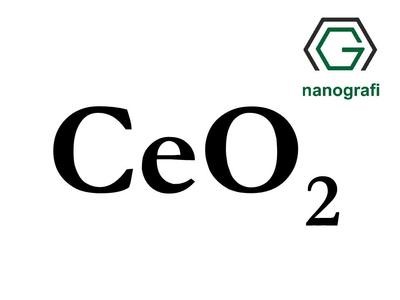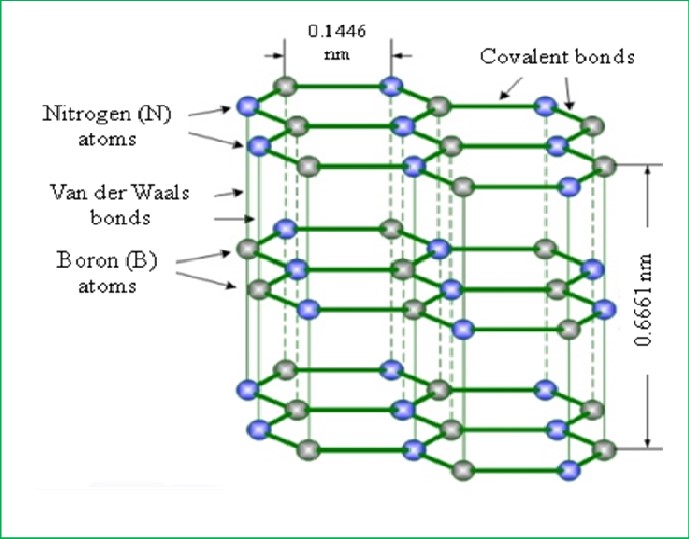B4C(Boron Carbide) Nanoparticles, 99.5+%, 40-60nm, Hexagonal
What is Boron Carbide?

Boron Carbide Nanoparticles
Nanoparticles of Boron Carbide

Like many nanoparticles of chemicals Boron Carbide nanoparticles are used in many different applications. Since Boron Carbide Nanoparticles have very high chemical resistance and hardness, they are used in tank armors. Boron Carbide Nanoparticles’ hardness and low density make them preferable in bulletproof vests. Boron Carbide Nanoparticles are strategic materials and they are used in nuclear applications for shielding, and in control rod, and shut down pellets. Boron Carbide Nanoparticles’ high hardness makes them suitable for grinding and cutting tools. Boron carbide nanoparticles is one of the most stable and hard materials. Because of Boron Carbide’s stability, it does not react with acid or alkali solutions. Boron Carbide Nanoparticles are used as an abrasive in polishing and lapping applications. Boron Carbide Nanoparticles have ability of absorbing neutrons without forming long lives radiations.
Technical Properties of Our B4C(Boron Carbide) Nanoparticles, 99.5+%, 40-60nm, Hexagonal Product
| Purity (%) | 99.5+ |
| AVERAGE PARTICLE SIZE (nm): | 40-60 |
| Color | black |
| Bulk Density (g/cm3) | 0.1 |
| Zeta Potential (mV) | -26 |
| Specific Surface Area (m2/g) | 55.0 |
| Crystal Phase | hexagonal |
| Manifacturing Method | physical methods |
You may reach BaTiO3(Barium Titanate) Nanoparticles, 99.95%, 45nm, Cubic by clicking the link below:
Technical Properties of ourB4C(Boron Carbide) 99.95%, 1-3um product
| Purity (%) | 99.95 |
| AVERAGE PARTICLE SIZE (um): | 1.0-3.0 |
| Melting Point (°C) | 2350.0 |
| Boiling Point (°C) | 3500.0 |
You may reach BaTiO3(Barium Titanate) Nanoparticles, 99.95%, 45nm, Cubic by clicking the link below:
https://nanografi.com/nanoparticles/b4c-boron-carbide-99-95-1-3um/
You may reach B4C(Boron Carbide) Micro Powder, 99.95%, 250 um by clicking the link below:
https://nanografi.com/microparticles/b4c-boron-carbide-micro-powder-99-95-250-um/
*https://www.cambridge.org/core/journals/journal-of-materials-research/article/synthesis-of-boron-carbide-nanoparticles-via-spray-pyrolysis/FC0BBEB8D853EDBB2787EAABE976E91F
Comments
Post a Comment